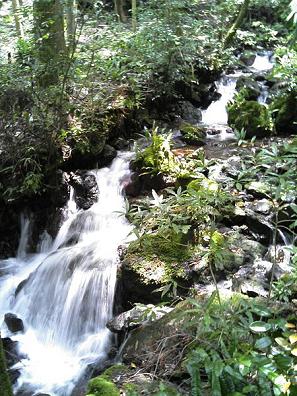
El Lake Constance It is a lake on the Rhine at the northern foot of the Alps, and consists of three bodies of water: the Obersee ("upper lake"), the Untersee ("lower lake"), and a connecting stretch of the Rhine, called the Seerhein.
The lake is mentioned for the first time by the Roman geographer Pomponius Mela around AD 43. He noted that the Rhine flows through two lakes, and gave them the scientific names Lacus venetus (Obersee) and Lacus Acronius (Untersee). Pliny the Elder used the name Lacus Brigantinus, after the Roman city of Brigantium (today Bregenz).
The freshwater lake is located at 395 m above sea level and is the third largest in Central Europe, after Lake Balaton and Lake Geneva. It is 63 km long, and at its widest point, almost 14 km. It covers approximately 571 km² (208 mi²) of total area.
The greatest depth is 252 m in the center of the eastern part (Obersee). Its volume is approximately 55 km ³. The regulated Rhine empties into the lake in the southeast, through the Obersee, the city of Constance and the Lower and empties near Stein am Rhein. Lake Constance provides drinking water to many cities in southern Germany.
Lake Constance was formed by the Rhine glacier during the ice age. The Rhine, the Bregenzer Ache, and the Pain carry Dornbirner sediments from the Alps to the lake, thereby progressively decreasing the depth of the lake in the southeast.
The Lake Constance trout (Salmo trutta) was almost extinct in the 1980s due to pollution, but thanks to protection measures it has made a significant return. The lake itself is an important source of drinking water for southwestern Germany, called Bodenseewasserversorgung.
